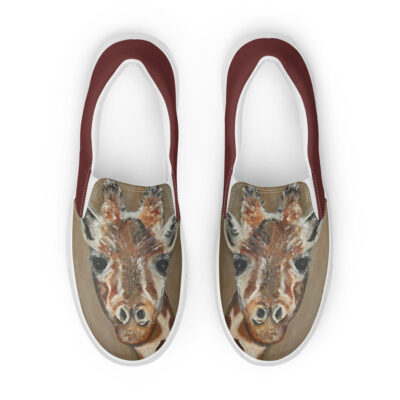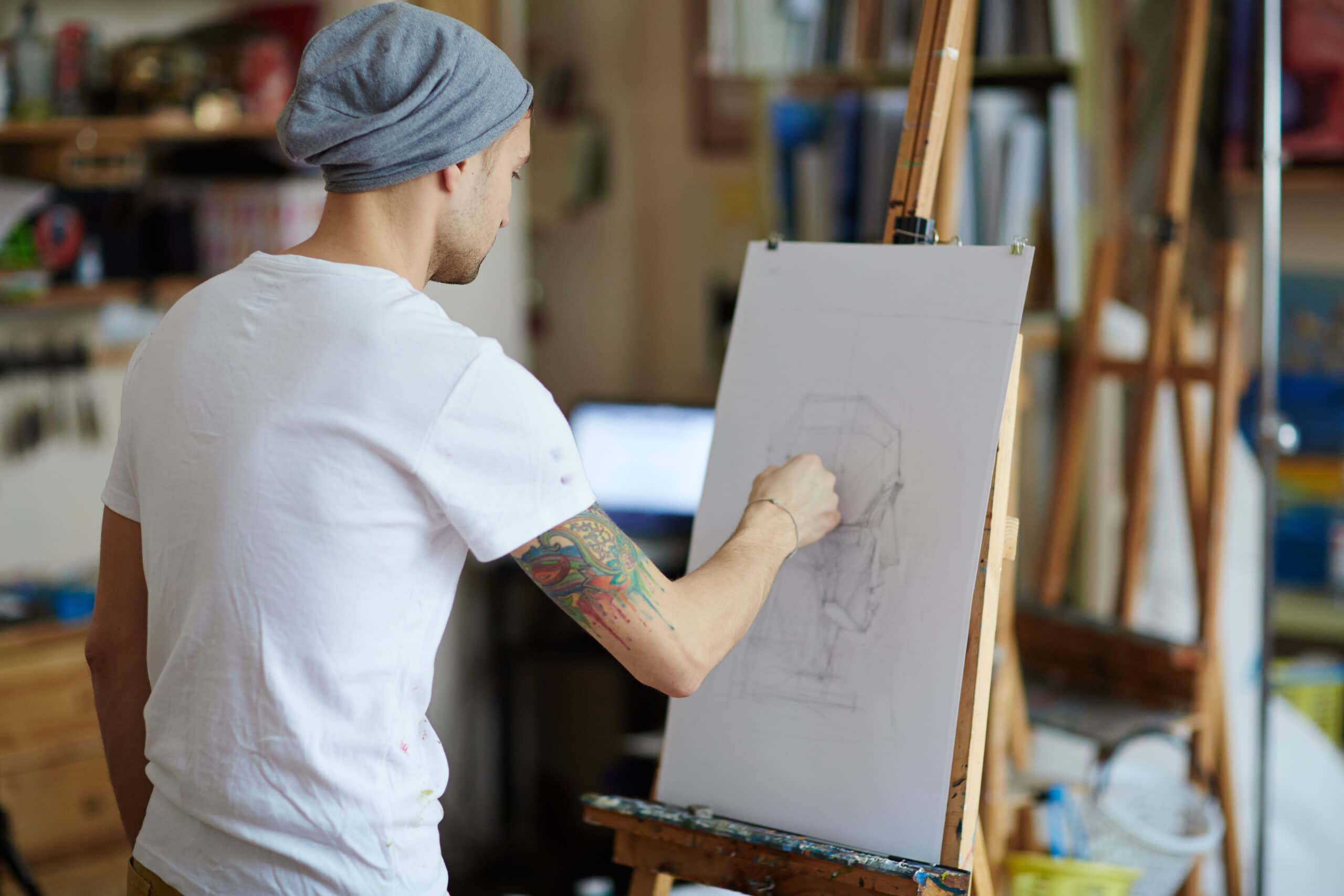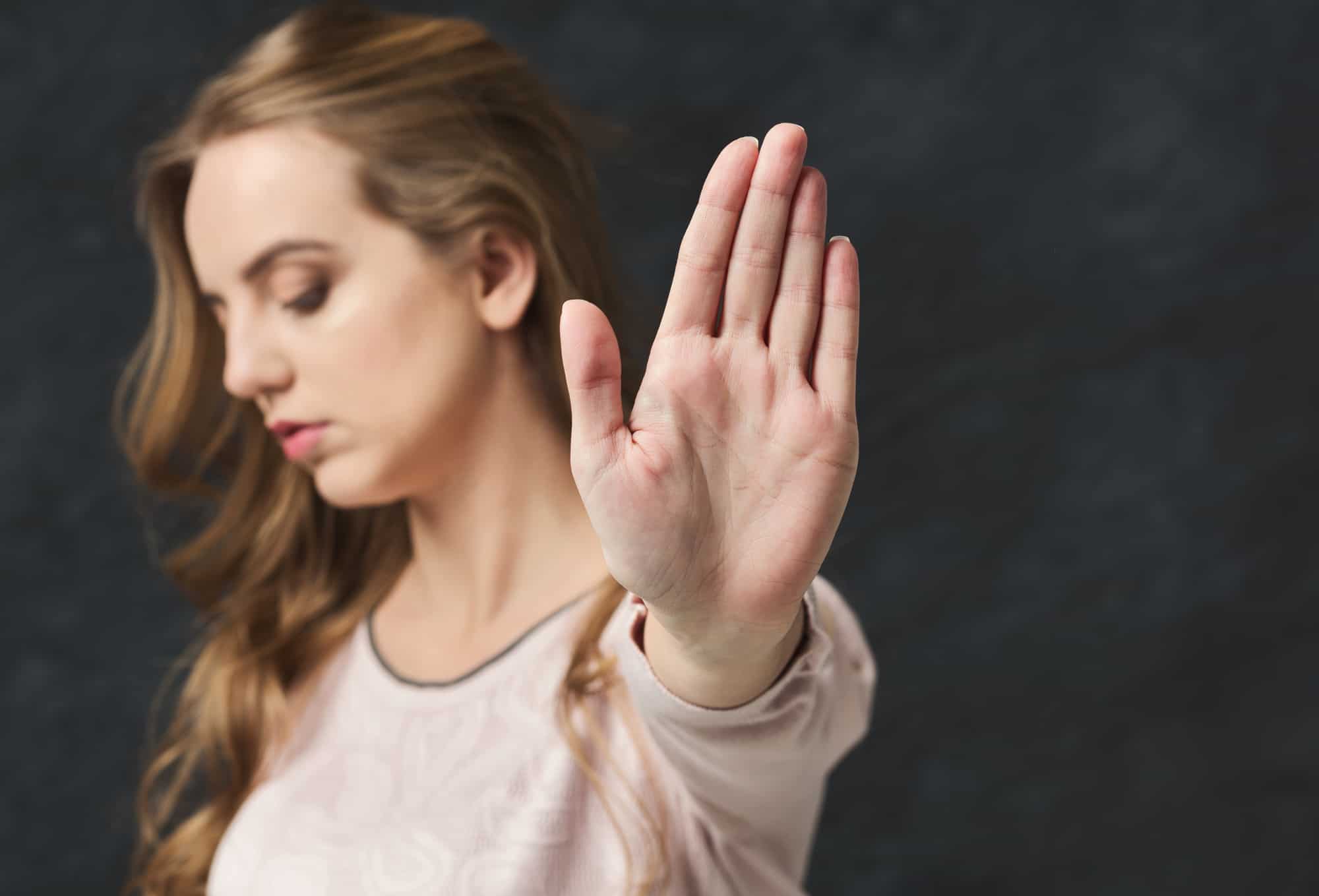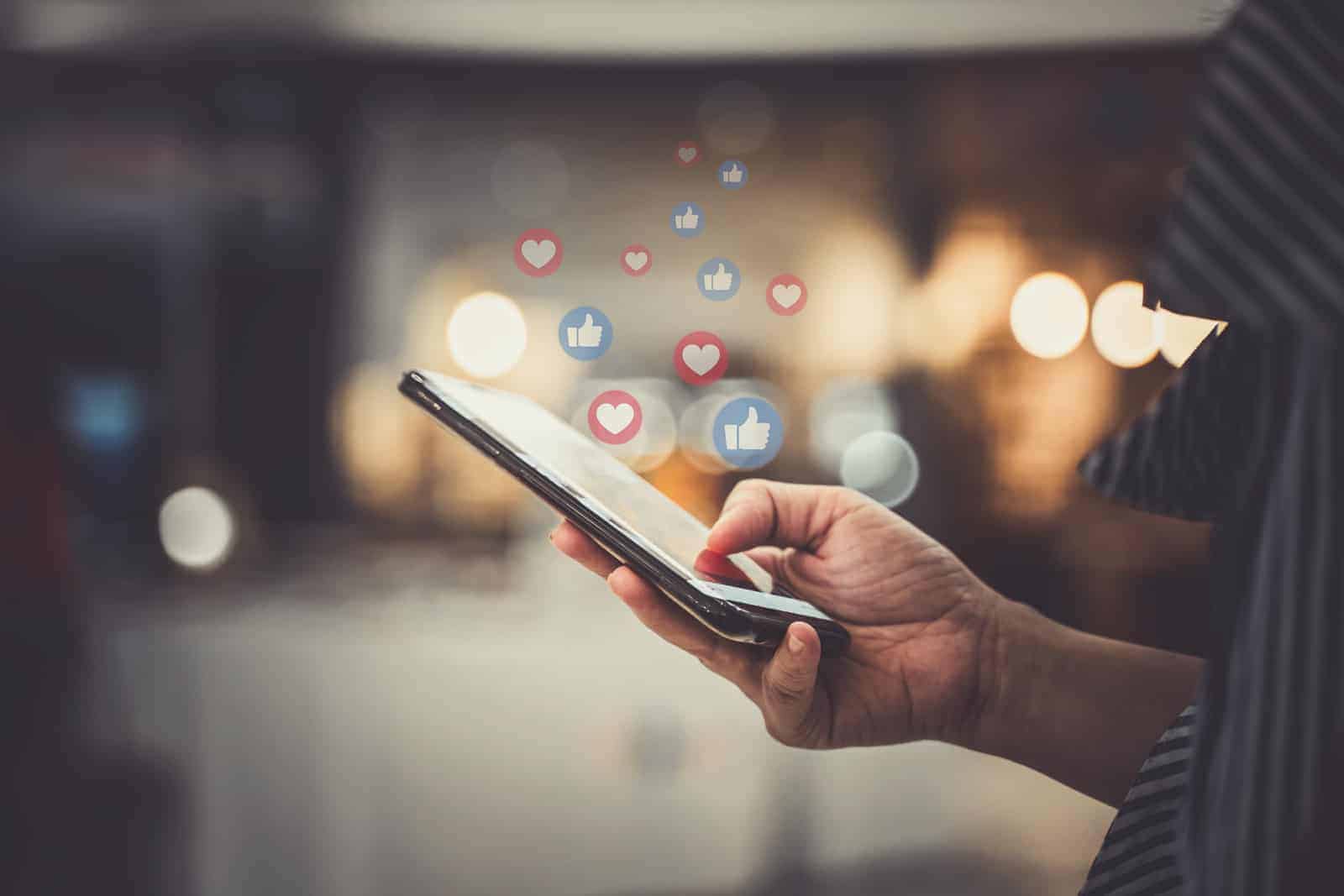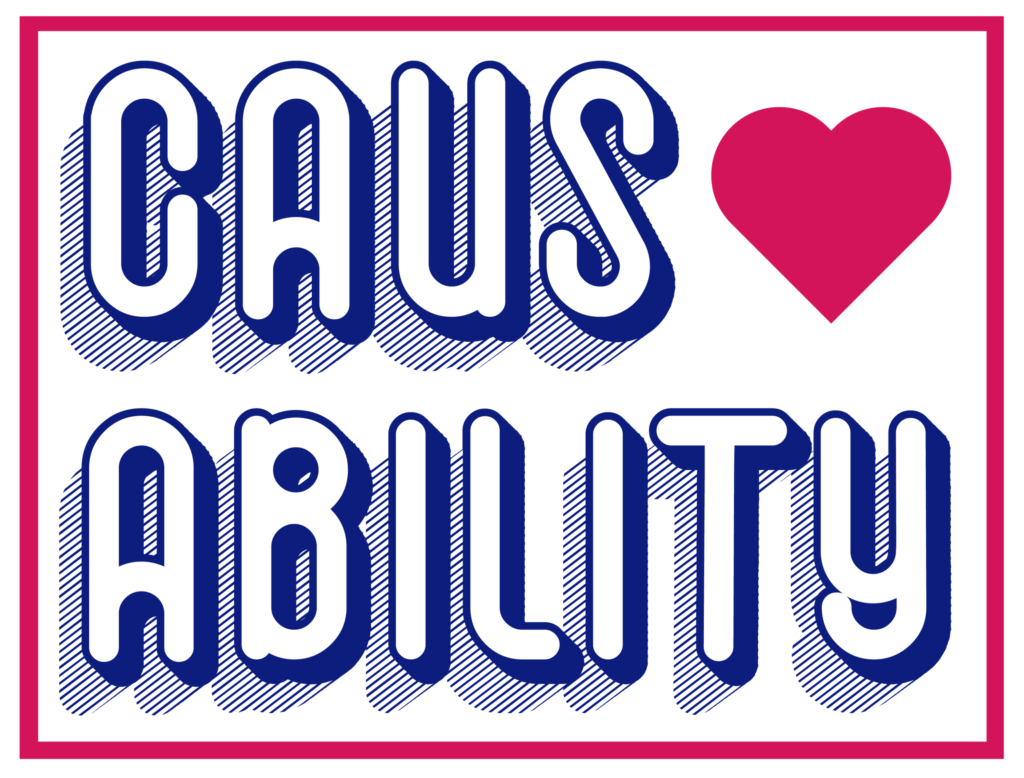Every new artist has experienced this at least once in their career. You’re contacted by a charitable organization to consider donating your art. When asked about the funds and whether or not you’ll receive payment, they utter those seven awful words, “It will be good exposure for you.”
While no artist is above receiving free exposure, the fact of the matter is that these donations rarely turn into money for the artist. While the small group of attendees may see and bid on your work, chances are they won’t come banging on your door to buy another piece.
That’s if they get your contact information at all. In some cases, the artist is even required to buy their ticket to the fundraiser.
This isn’t to say that artists should avoid donating their art to use at fundraisers. We can all agree that many of these charities stand for great causes.
Not only that, but those who attend these functions may not be aware of the true value of your artwork. Most fundraisers won’t authenticate or reveal the true price of the artwork to its attendees.
They don’t understand that the “exposure” they are promising you could be worth a month’s worth of work, or a portion of your rent money. For artists, the monetary value of a piece is not something that can easily be replicated time and time again.
No one would ask an office worker to pull an 80 hour week, only to pay them for 40 hours. So why are artists expected to work and donate their art for exposure?
After all, you can’t eat exposure.
However, if you do find yourself in this situation, look at it as an opportunity to educate. There are good practices for fundraising using art, and this would be a great time to help others see what they should be doing.
Here are a few practices that can help artists and fundraisers to meet at a happy medium.
Purchase Artwork from The Artist
One of the biggest ways to help support the artist is to purchase their artwork. By this, we mean that the charity purchases the artwork they hope to auction off. This way, no matter what the art is sold for, the artist still receives a decent sum of money.
One artist offers an alternative when approached to donate her art. She proposes that a member of the board purchase artwork at full retail price. Then that member donates the art to the charity.
The charity is then able to sell the piece at an auction. In this way, not only does the artist get paid full price for a piece of artwork, but the board member also qualifies for a significant tax write off as well. The organization also benefits, as they can raise money with the sale from the artwork.
In this scenario, it is a win for every party involved. Additionally, purchasing the artwork displays that the organization truly values the artist as a member of the community. In the future, the artist would most likely be willing to work with that organization again, setting the foundation for a healthy relationship.
Share The Buyer’s Information With The Artist (Vice Versa)
Another way to show their appreciation to the artist would be to share the buyer’s information with the artist. While the buyer may appreciate the art, they may not know the name of the artist or where they are located. Even if they do know the name, there’s nothing that would move them to purchase again.
This where the artist comes in. Having the buyer’s information allows them to create a relationship with the buyer. They can send them a message to thank them for purchasing their artwork, and even send them a small blurb about the piece they bought. Adding them to their email list allows the buyer to be privy to any new artwork. They may even become a repeat buyer.
Offer Alternatives
As we mentioned earlier, the artist shouldn’t be afraid to offer an alternative for donating artwork. Instead of simply giving away pieces for free, why not offer the possibility of a show to benefit their organization.
The supporters of the organization will be motivated to buy art to support both the artist and the cause. People who normally support the artist will also attend, opening up the charity to new partisans. Those who are not already familiar with the artist may join their mailing list, providing them with real, tangible exposure that will translate to sales.
A venue may even offer their space for free, as a way to support a good cause and give back to the community. At the end of the event, everyone involved will feel that they have benefited from participating.
Provide The Artist With A Complimentary Ticket To The Event
Although this may seem like a no-brainer, some organizations refuse to provide the artists with tickets to the event where their artwork will be auctioned off. If the artist isn’t at the event, how are they supposed to network?
Any type of exposure they would receive will quickly be forgotten by the end of the night. Having them in attendance helps them to create business opportunities.
Recognize The Artists Involved
It’s pertinent that the charity or organization makes sure to recognize the artists involved.
This can be done in several ways. If there is a brochure or program for the event, the artists should be listed, and contact information provided. If possible, as pieces are sold, attendees should be encouraged to seek out the artist if they are in attendance.
They could even hold a designated meet & greet area for guests to meet the artists if they are interested in their work. No matter how it is done, the artists should be recognized in some way during the fundraiser.
While artists are always willing to give back, it’s important to show them that they are valued. If you are planning a fundraiser in the future, these tips will help it go off without a hitch.


